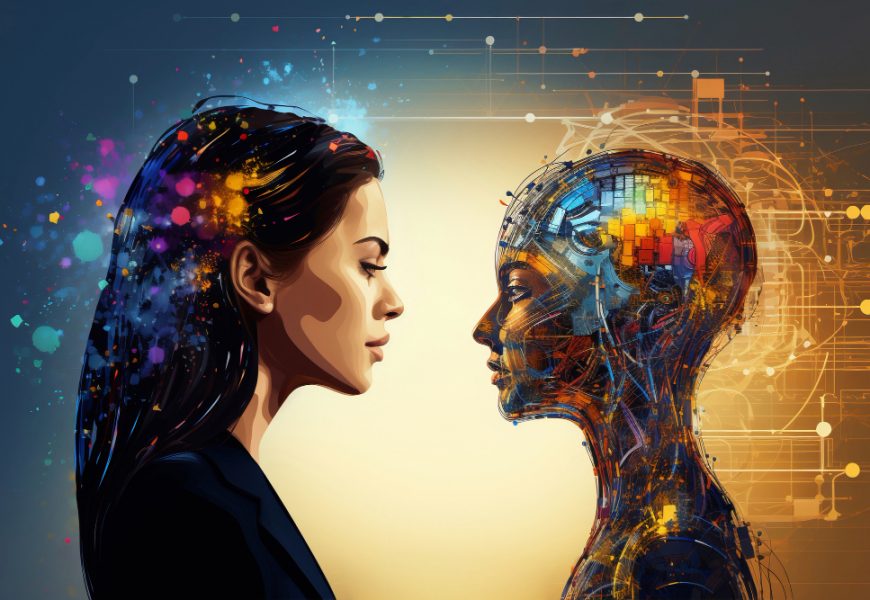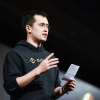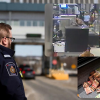For centuries, creativity has been considered one of the defining attributes of humanity. From the first cave paintings, to symphonies, to novels that capture the intricacies of human experience, art has been tied to our sense of identity, emotion, and expression. Creativity was regarded as not only a function of skill, but also of inner life—emotions, memories, and subjective experiences that machines were thought incapable of possessing.
The emergence of artificial intelligence, however, has disrupted that narrative. AI systems today can generate paintings in the style of the great masters, compose original pieces of music, invent new recipes, and write narratives that surprise both casual readers and professional writers. These outputs force us to reconsider whether creativity is only valid if it stems from human consciousness or whether machine-generated work can also be seen as authentic cultural production.
What unsettles and fascinates us simultaneously is the idea that creativity may no longer rely exclusively on human uniqueness. Instead, creativity may be redefined as something that can emerge from diverse intelligences—human, machine, or a hybrid of both. The question is no longer, “Can AI create?” but rather, “What do we consider creativity when a non-human system demonstrates a capacity for originality?”
Throughout history, tools have always been integral to creativity. The invention of the piano did not diminish the creativity of a composer; the paintbrush never overshadowed the painter; and the printing press transformed storytelling without stripping away the value of authorship. Artificial intelligence, however, represents a more radical kind of tool—one that does not simply extend human capacity, but introduces an element of autonomy that blurs the line between tool and collaborator.
When an artist today uses a generative AI model to create visuals, they are not simply “wielding” the tool the way one uses a brush. Instead, they prompt it, guide it, and react to the outcomes. The machine may produce patterns, styles, or associations that the artist themselves would not have imagined. This asymmetric yet reciprocal relationship turns creativity into a co-creative process where authorship becomes distributed rather than singular.
In fields like design, architecture, and music, machine learning algorithms have opened avenues for unexpected discoveries. Architects now experiment with AI-driven models to simulate forms inspired by natural patterns that humans might not think of. In literature, machines can suggest narrative twists that challenge conventional tropes. Far from merely automating tasks, AI introduces true novelty by calculating relationships and combinations invisible to traditional human intuition.
This shift challenges our notions of artistic value. If originality has always been celebrated as a product of human imagination, what happens when originality emerges from statistical inference and algorithmic experimentation? Perhaps creativity has never just belonged to a single mind but has always been relational—arising in dialogue with tools, materials, and now, intelligent systems.
The integration of AI into the arts does more than expand technical possibility—it also reshapes our psychology and culture. When an audience learns that a painting was generated by an algorithm rather than a human hand, their interpretation often changes. A piece might be admired for its aesthetic qualities until its origins are revealed, at which point some dismiss it as derivative or “soulless.” Such reactions reveal how deeply creativity is tied to perceived intentionality.
We are conditioned to associate authenticity with human struggle, talent, and emotional investment. A symphony feels profound because we know a person labored over its notes; a poem feels moving because we attribute its imagery to lived experience. When machines produce art, these assumptions are unsettled. Some critics argue that removing the human emotional core diminishes meaning, while others believe that meaning lies in interpretation and reception, regardless of the creator’s identity.
Culturally, AI-generated art has triggered debates resembling those sparked by photography in the 19th century or digital editing in the late 20th. Critics initially feared these technologies would devalue artistry. Yet over time, they became integral to creative culture. Similarly, we may grow to see AI as a medium rather than a threat. But psychological unease remains powerful, especially when AI’s outputs are indistinguishable from human-made works. If we cannot tell whether a text is machine-written or human-written, does that undermine the role of talent, or does it force us to rethink what talent means in a technologically augmented world?
What increasingly emerges is an expanded aesthetic landscape in which art is appreciated not only for the finished piece but for the collaboration between human intention and machine possibility. Our aesthetic judgment grows more complex, asking us to account for both the artistry of the human guide and the generative potential of the machine partner.
Rather than framing AI as a competitor in the “battle for creativity,” a more productive perspective is to view it as a partner in dialogue. We are entering a future where creativity is neither exclusively human nor exclusively machine-driven, but hybrid in form and distributed across collaborative networks. Creativity is emerging not as a fixed human trait but as a dynamic process shaped by interaction between diverse intelligences.
This future raises profound questions. Who owns a co-created work when the generator is non-human yet the guiding vision originates from a human? How do we value works created by a system trained on centuries of human culture? Should attribution belong more to the individual who trained, prompted, and refined the system—or to the collective human history embedded within the training data?
Philosophically, we are being asked to loosen the rigid boundaries of creativity as “uniquely human.” Practically, we must design new frameworks for intellectual property, collaboration, and recognition. Ethically, we must ensure that AI-generated creativity does not erase marginalized human voices but amplifies them by providing new tools for expression.
In this hybridized creative landscape, art becomes a conversation: not simply the output of individual genius but the interplay between human curiosity, computational capacity, and collective cultural inheritance. The creative identity of the future may no longer be “human versus machine,” but a continuum where authorship, imagination, and originality constantly evolve at the intersection of both.
Artificial intelligence is not erasing human creativity; it is transforming how we comprehend it. By forcing us to rethink assumptions about originality, expanding the role of our tools from passive instruments to active collaborators, reshaping our cultural values and aesthetics, and pointing toward a hybrid future of shared authorship, AI challenges us to move beyond narrow definitions of creativity.
The question is not whether AI is creative in the same way humans are, but whether creativity itself is larger than we once thought—something that transcends individuals and becomes a collaborative, evolving process. In that expanded view, AI’s role does not diminish the human spirit. Instead, it highlights how creativity has always been about exploration, dialogue, and the endless capacity to imagine beyond existing boundaries.







